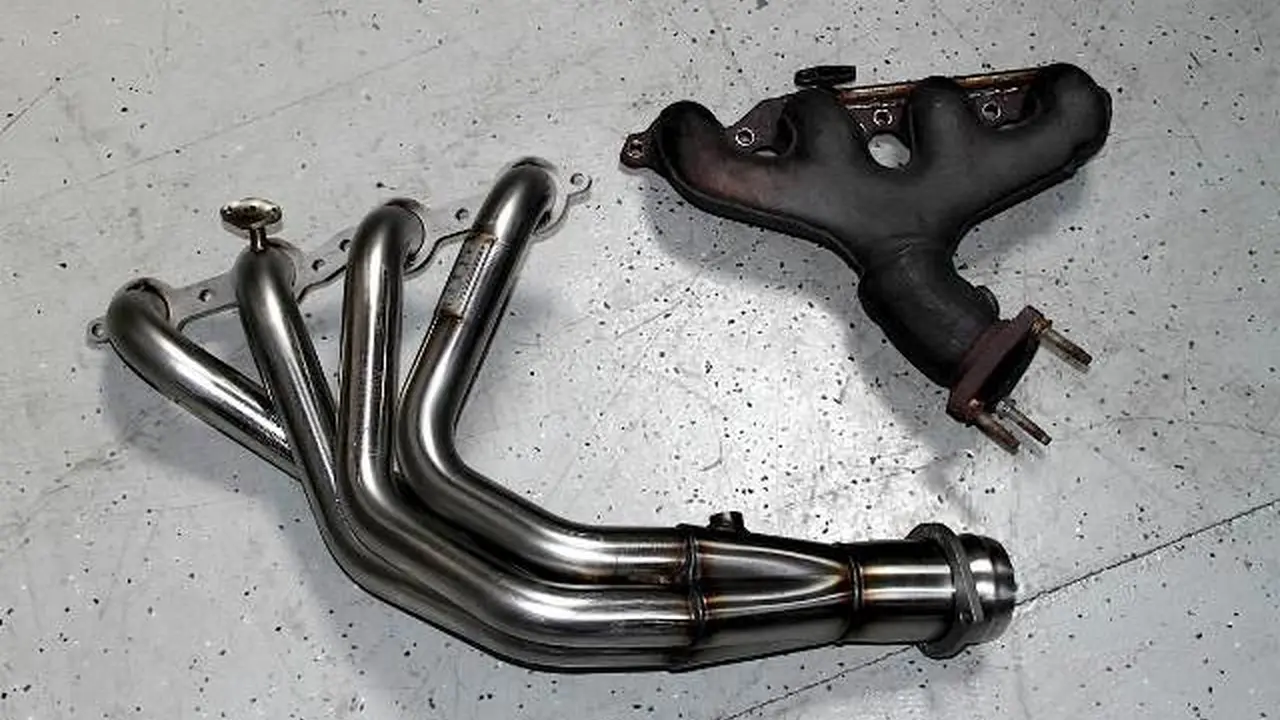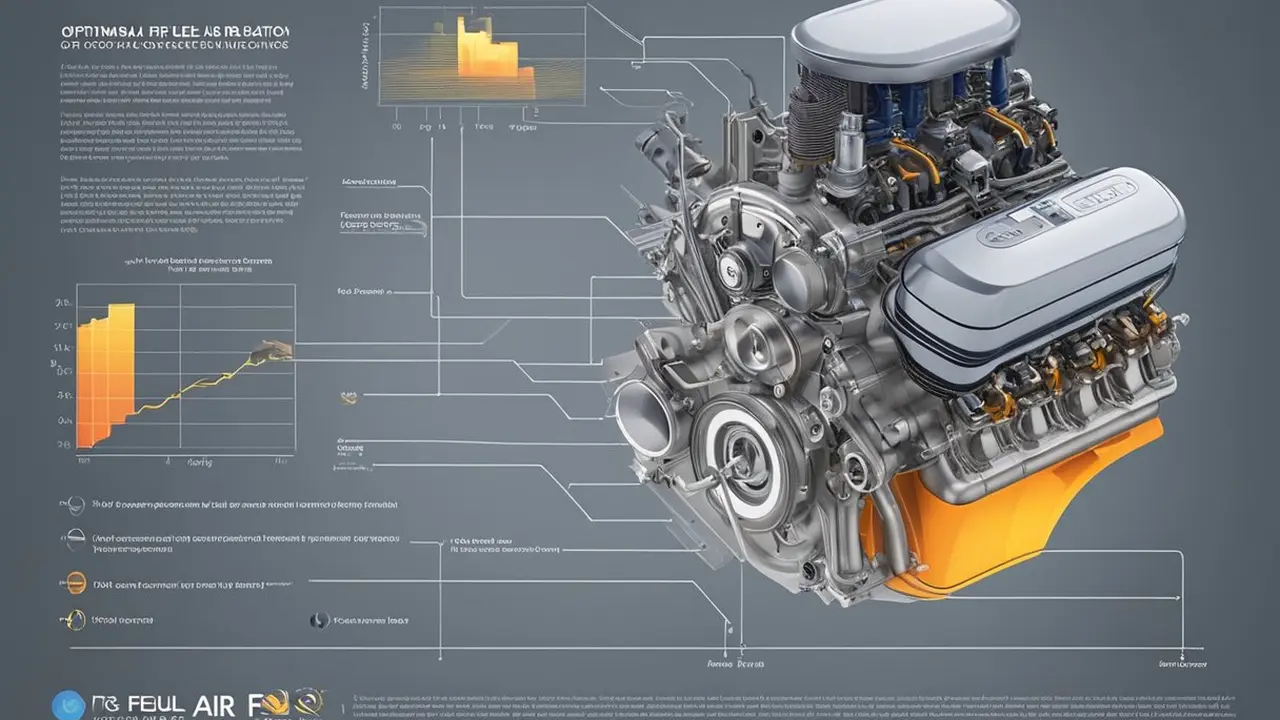How to Change Your Engine Oil: A Step-by-Step Guide
Proper engine maintenance is crucial for long-lasting performance. This guide covers 7 essential maintenance tips, including oil changes, filter replacements, and fluid checks. Keep your engine running smoothly with regular maintenance.

Engine Oil Change Basics Understanding the Process
Alright, let's talk about changing your engine oil. It's like giving your engine a fresh start, a clean slate. Think of it as a spa day for your car's heart. It's not rocket science, but it's definitely something every car owner should know how to do. Why? Because regular oil changes are absolutely vital for keeping your engine running smoothly and preventing costly repairs down the road. Neglecting this simple task can lead to sludge buildup, increased friction, and eventually, engine failure. Trust me, you don't want that.
So, what's the big deal? Well, engine oil lubricates all the moving parts inside your engine, reducing friction and preventing wear. It also helps to cool the engine by carrying heat away from critical components. Over time, the oil breaks down and becomes contaminated with dirt, debris, and combustion byproducts. This dirty oil loses its ability to lubricate and cool effectively, leading to increased wear and potential damage.
That's where the oil change comes in. By draining the old, dirty oil and replacing it with fresh, clean oil, you're ensuring that your engine is properly lubricated and protected. You're also removing all the contaminants that can cause wear and damage. It's a simple process that can significantly extend the life of your engine.
Gathering Your Tools and Supplies for an Engine Oil Change
Before you even think about crawling under your car, you gotta get your gear together. This isn't a job you want to start and then realize you're missing something crucial. Here’s your checklist:
- New Engine Oil: Make sure you get the right type and amount for your car. Check your owner's manual. Seriously, read it. It's your bible for this stuff.
- New Oil Filter: Don't skimp on this. Get a quality filter. It's like a tiny bodyguard for your engine.
- Wrench for the Oil Drain Plug: This is usually a socket wrench, but the size varies. Again, check your manual or do a quick Google search.
- Oil Filter Wrench: These come in different styles (cap-type, strap-type, etc.). Choose one that fits your oil filter.
- Oil Drain Pan: A big one. You don't want to spill used oil everywhere. Trust me, that stuff is nasty.
- Funnel: For pouring the new oil in. Helps prevent spills.
- Gloves: Protect your hands from the dirty oil. Nitrile gloves are a good choice.
- Rags or Shop Towels: For cleaning up spills. And there will be spills.
- Jack and Jack Stands (Optional but Recommended): To safely lift your car for easier access. Never work under a car supported only by a jack. Safety first!
- Wheel Chocks (Optional but Recommended): Extra safety measure to prevent the car from rolling.
Having everything ready to go will make the process much smoother and less stressful. Trust me, you'll thank yourself later.
Step-by-Step Guide to Changing Your Engine Oil
Alright, let's get down to business. Here's the step-by-step guide to changing your engine oil. Follow these instructions carefully, and you'll be a pro in no time.
- Warm Up the Engine: Run the engine for a few minutes (2-3 minutes max) to warm up the oil. Warm oil flows more easily. But be careful, hot oil can burn you.
- Prepare the Car: Park the car on a level surface. Engage the parking brake. If you're using a jack, chock the rear wheels.
- Lift the Car (Optional): Using a jack, lift the car and securely place it on jack stands. Make sure the jack stands are properly positioned on the car's frame. Never work under a car supported only by a jack.
- Locate the Oil Drain Plug: Crawl under the car and locate the oil drain plug on the oil pan. It's usually a large bolt at the bottom of the pan.
- Position the Drain Pan: Place the oil drain pan under the drain plug. Make sure it's positioned to catch the oil as it flows out.
- Remove the Drain Plug: Using the correct wrench, carefully loosen and remove the drain plug. Be prepared for the oil to start flowing immediately. Let the oil drain completely. This can take 15-20 minutes.
- Remove the Oil Filter: While the oil is draining, locate the oil filter. Use the oil filter wrench to loosen and remove the filter. Be prepared for some oil to spill out.
- Prepare the New Oil Filter: Lightly lubricate the rubber gasket on the new oil filter with fresh oil. This helps create a good seal.
- Install the New Oil Filter: Screw the new oil filter onto the engine by hand. Tighten it according to the instructions on the filter (usually about 3/4 to 1 full turn after the gasket contacts the engine).
- Reinstall the Drain Plug: Once the oil has completely drained, clean the drain plug and install a new crush washer (if applicable). Tighten the drain plug to the manufacturer's specifications. Don't overtighten it, or you could damage the oil pan.
- Lower the Car (If Lifted): Carefully lower the car back to the ground.
- Add New Oil: Locate the oil fill cap on the engine. Remove the cap and insert a funnel. Pour in the correct amount of new oil, as specified in your owner's manual.
- Check the Oil Level: Use the dipstick to check the oil level. Add more oil if necessary to reach the "full" mark.
- Start the Engine: Start the engine and let it run for a few minutes. Check for leaks around the drain plug and oil filter.
- Check the Oil Level Again: After the engine has run for a few minutes, turn it off and let it sit for a few minutes. Check the oil level again and add more oil if necessary.
- Reset the Oil Life Monitor: If your car has an oil life monitor, reset it according to the instructions in your owner's manual.
- Dispose of the Used Oil Properly: Take the used oil to a recycling center or auto parts store for proper disposal. Don't pour it down the drain or into the ground.
Choosing the Right Engine Oil for Your Vehicle
Okay, so you know you need to change your oil, but what kind of oil should you use? It's not as simple as just grabbing the cheapest bottle off the shelf. The right oil can make a big difference in your engine's performance and longevity. Here's what you need to consider:
- Viscosity: This refers to the oil's thickness. Your owner's manual will specify the correct viscosity grade for your car (e.g., 5W-30, 10W-40). Using the wrong viscosity can lead to poor lubrication and engine damage.
- Oil Type: There are three main types of engine oil:
- Conventional Oil: The most basic type of oil. It's generally the cheapest option, but it doesn't offer the same level of protection as synthetic oils.
- Synthetic Blend Oil: A mixture of conventional and synthetic oils. It offers better protection than conventional oil at a slightly higher price.
- Full Synthetic Oil: The best type of oil. It provides superior protection against wear, heat, and sludge buildup. It's also the most expensive option.
- API Certification: Look for the API (American Petroleum Institute) starburst symbol on the oil bottle. This indicates that the oil meets certain performance standards.
- Manufacturer Recommendations: Always follow the recommendations in your owner's manual. The manufacturer knows what's best for your engine.
For most modern vehicles, full synthetic oil is the best choice. It offers the best protection and can extend the life of your engine. However, if you have an older vehicle or a vehicle with high mileage, a synthetic blend or conventional oil may be sufficient.
Oil Filter Recommendations and Comparisons for Optimal Filtration
Don't underestimate the importance of a good oil filter. It's like a tiny superhero, protecting your engine from harmful contaminants. Here are a few recommendations and comparisons to help you choose the right filter:
- Fram Ultra Synthetic: This filter offers excellent filtration and is designed for extended oil change intervals. It's a great choice for vehicles that use full synthetic oil. Price: ~$10-15
- Mobil 1 Extended Performance: Another top-rated filter that provides excellent filtration and durability. It's designed to last for up to 20,000 miles. Price: ~$12-18
- Bosch Premium Oil Filter: A reliable and affordable option that provides good filtration. It's a good choice for vehicles that use conventional or synthetic blend oil. Price: ~$8-12
- K&N Performance Gold Oil Filter: Designed for high-performance engines. Offers high flow rates and great filtration. Price: ~$15-25
When choosing an oil filter, look for one that offers good filtration efficiency, durability, and flow rate. It's also important to choose a filter that is compatible with your vehicle's make and model.
Cost Analysis of DIY Oil Changes vs Professional Services
One of the biggest questions is whether to do it yourself or pay someone else to do it. Let's break down the costs:
- DIY Oil Change:
- Oil: $20-50 (depending on type and quantity)
- Oil Filter: $8-25 (depending on quality)
- Tools (if you don't have them): $20-50 (initial investment)
- Total: $48-125 (first time) / $28-75 (subsequent changes)
- Time: 30-60 minutes
- Professional Oil Change:
- Cost: $40-150 (depending on location and oil type)
- Time: 15-30 minutes
As you can see, doing it yourself can save you money in the long run, especially if you already have the tools. However, it does require more time and effort. Professional oil changes are more convenient, but they come at a higher cost.
Safety Precautions and Environmental Considerations for Oil Disposal
Before you start wrenching, let's talk safety. You're dealing with heavy machinery and potentially hazardous materials. Here are some important safety precautions:
- Wear Safety Glasses: Protect your eyes from flying debris.
- Wear Gloves: Protect your hands from hot oil and chemicals.
- Use Jack Stands: Never work under a car supported only by a jack.
- Work in a Well-Ventilated Area: Avoid breathing in fumes.
- Be Careful of Hot Surfaces: Avoid touching hot engine components.
Also, remember that used oil is a hazardous waste. Don't pour it down the drain or into the ground. Take it to a recycling center or auto parts store for proper disposal. Many auto parts stores will take your used oil for free.
Troubleshooting Common Issues During Oil Changes
Sometimes, things don't go according to plan. Here are some common issues you might encounter and how to deal with them:
- Stripped Drain Plug: If you strip the drain plug, you'll need to replace the oil pan or use a repair kit.
- Stuck Oil Filter: If the oil filter is stuck, try using a different type of oil filter wrench or a screwdriver to puncture the filter and twist it off.
- Leaking Drain Plug: If the drain plug is leaking, make sure it's properly tightened and that the crush washer is in good condition.
- Adding Too Much Oil: If you add too much oil, you'll need to drain some out. Overfilling the engine can cause damage.
Extending Engine Life with Consistent Oil Maintenance
Regular oil changes are one of the best things you can do for your engine. By following these tips and performing regular maintenance, you can extend the life of your engine and keep your car running smoothly for years to come.
Changing your own oil isn't just about saving money; it's about understanding your car and taking pride in its upkeep. So, roll up your sleeves, get your hands dirty, and enjoy the satisfaction of knowing you're taking care of your ride.
:max_bytes(150000):strip_icc()/277019-baked-pork-chops-with-cream-of-mushroom-soup-DDMFS-beauty-4x3-BG-7505-5762b731cf30447d9cbbbbbf387beafa.jpg)






